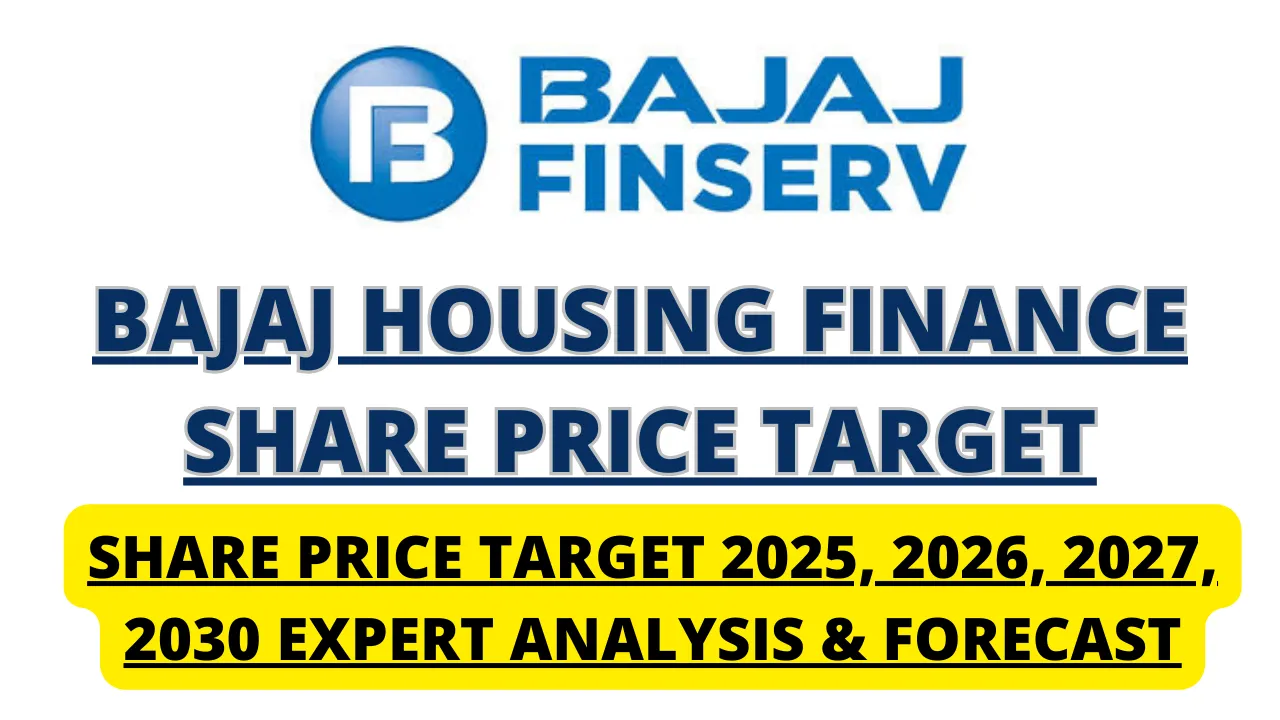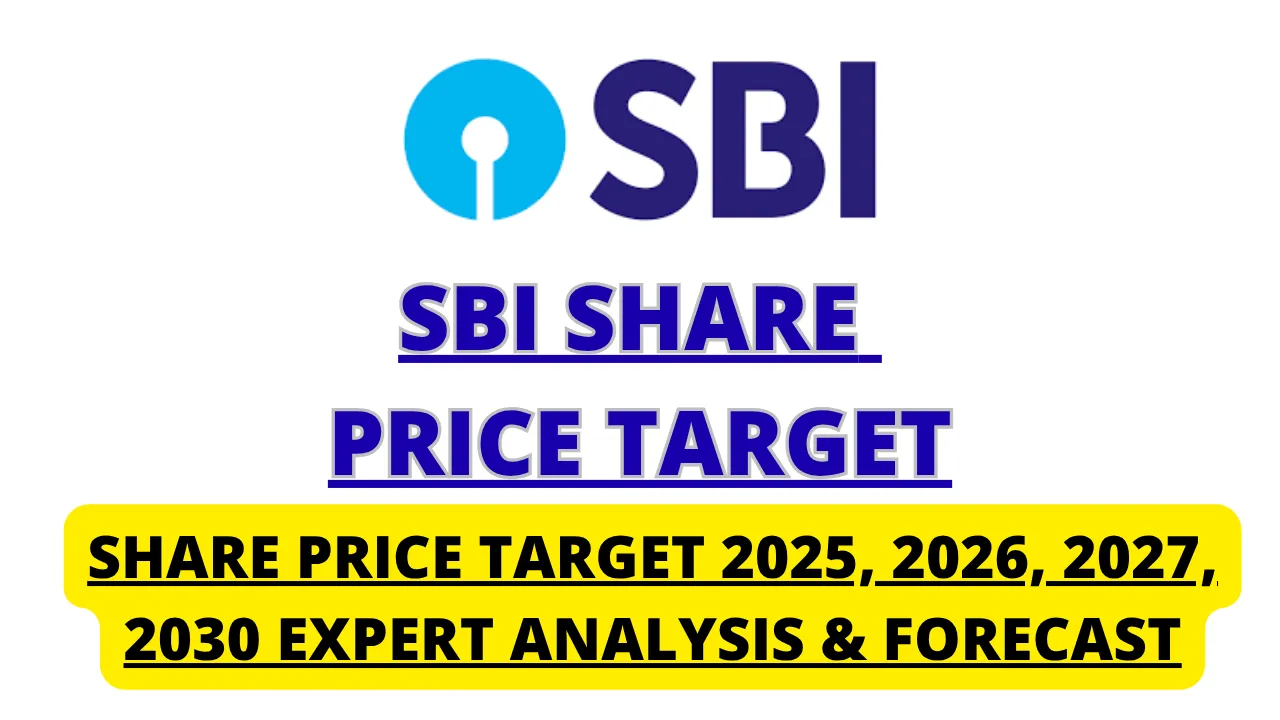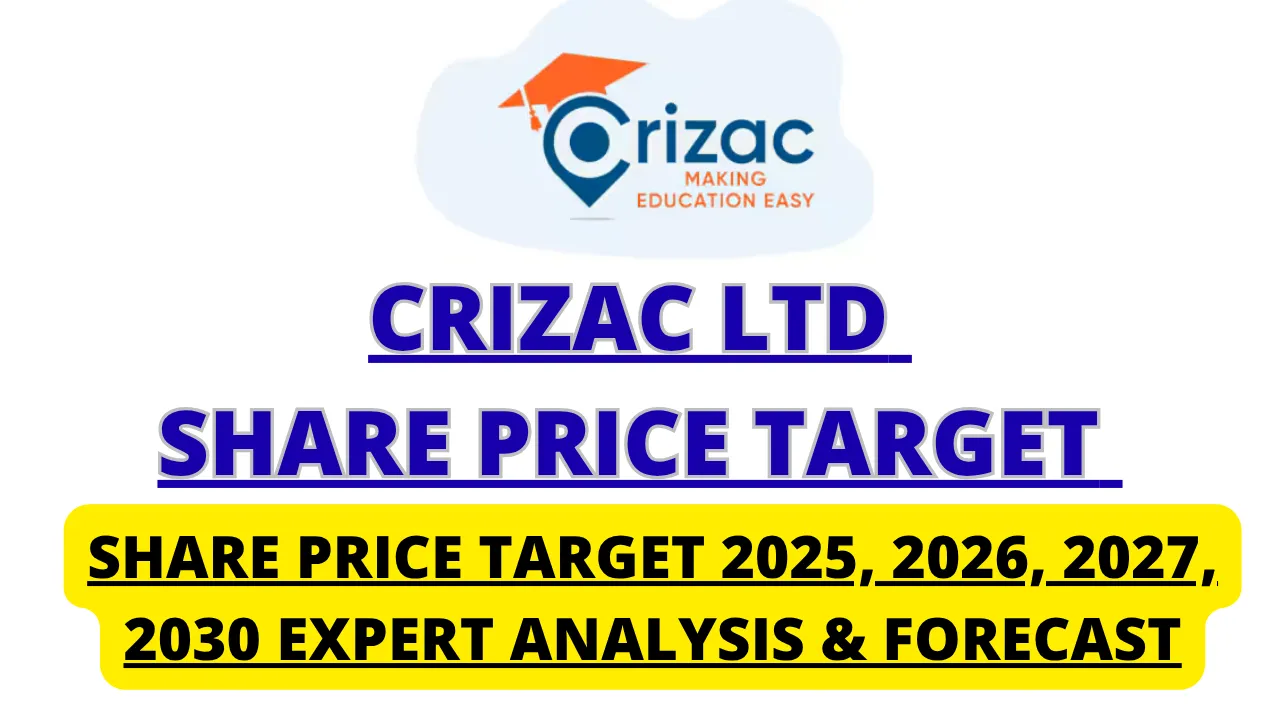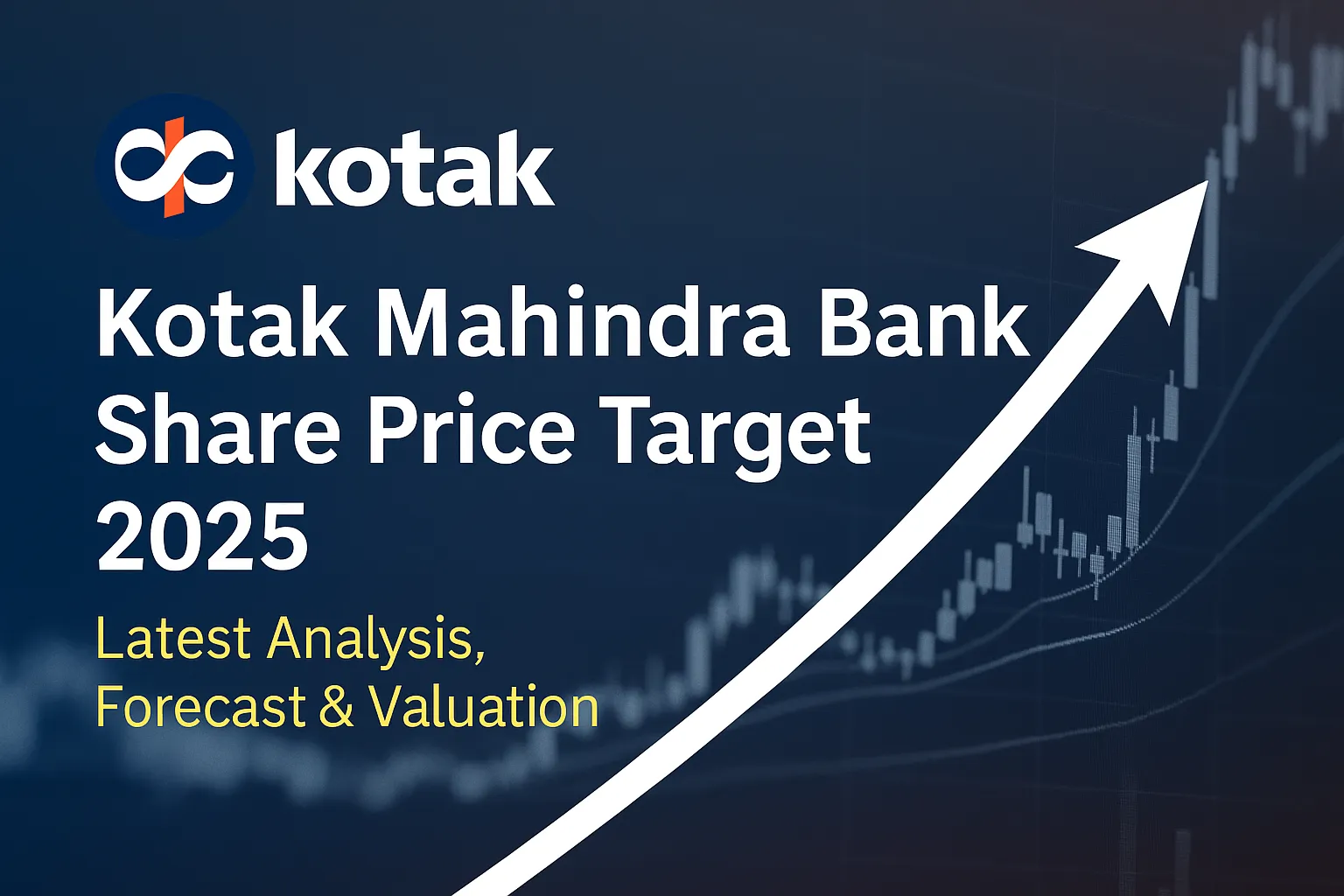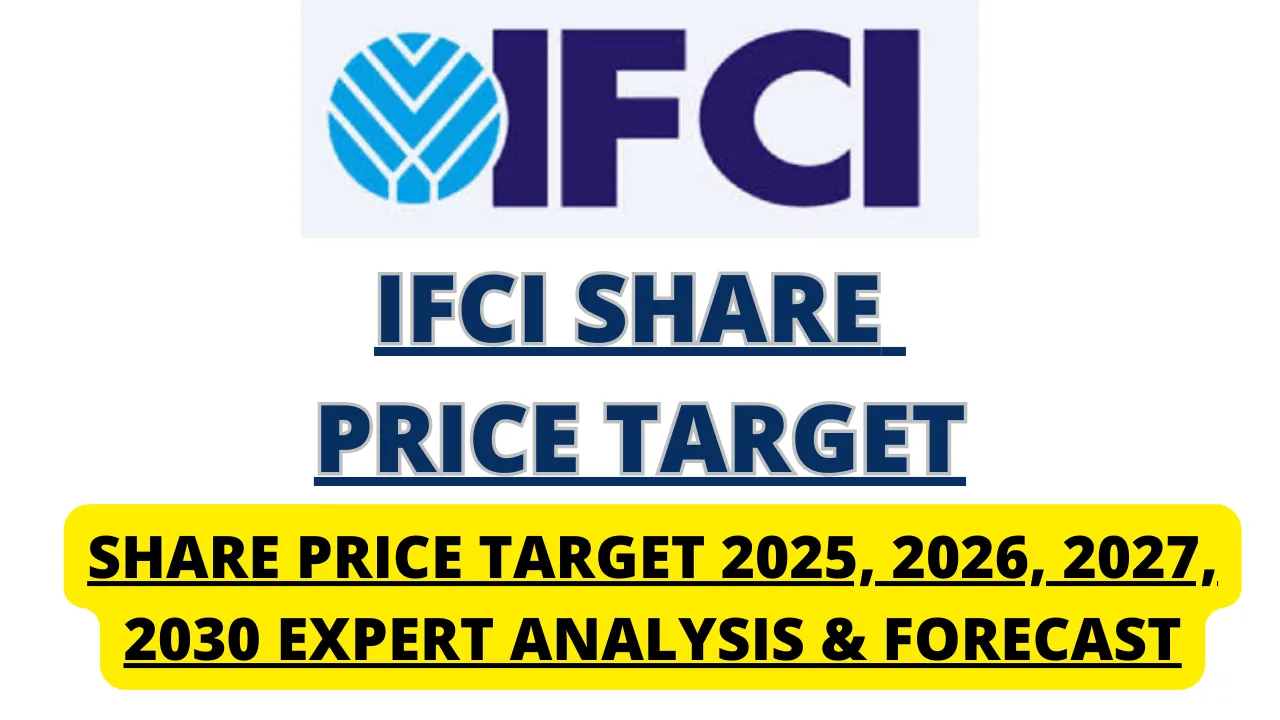Dabur India Share Price Target; Dabur India Limited stands as a pillar in India’s fast-moving consumer goods (FMCG) sector, renowned for its extensive range of Ayurvedic and natural products. With a legacy spanning over 140 years, Dabur has successfully merged traditional wisdom with modern science to cater to a diverse consumer base.
This comprehensive analysis delves into Dabur’s company profile, financial performance, shareholding patterns, growth drivers, and provides projected share price targets from 2025 to 2030.
Dabur India Company Overview
Founded in 1884 by Dr. S.K. Burman, Dabur India Ltd. has evolved into one of the country’s leading FMCG companies. The company’s product portfolio encompasses health care, personal care, home care, and food & beverages. Notable brands under its umbrella include Dabur Chyawanprash, Dabur Honey, Dabur Amla Hair Oil, Real Juices, and Vatika hair care products. Dabur operates in over 120 countries, with international revenue accounting for more than 25% of its total turnover.
Dabur India Ltd Company Overview
| Parameter | Details |
|---|---|
| Company Name | Dabur India Limited |
| Founded | 1884 |
| Founder | Dr. S.K. Burman |
| Headquarters | Ghaziabad, Uttar Pradesh, India |
| Industry | Fast-Moving Consumer Goods (FMCG) |
| Product Segments | Health Care, Personal Care, Home Care, Ayurvedic Products, Food & Beverages |
| Popular Brands | Dabur Chyawanprash, Dabur Honey, Real Juices, Dabur Amla, Vatika, Hajmola |
| Global Presence | Operates in over 120 countries |
| Total Revenue (FY 2023–24) | ₹12,400+ crores |
| Net Profit (Q1 FY24) | ₹5 billion (8% YoY increase) |
| Operating Margin | ~15–18% (approx.) |
| Debt Status | Low debt (Debt-to-Equity: 0.17) |
| Dividend Yield | ~1.15% |
| Stock Exchanges | NSE: DABUR, BSE: 500096 |
| Promoter Holding | 67.24% |
| FII Holding | 13.27% |
| Mutual Fund Holding | 6.20% |
Dabur India Financial Performance
Analyzing Dabur’s financial performance offers insights into its stability and growth potential:
- Revenue: For the fiscal year ending March 2024, Dabur reported revenues exceeding ₹12,400 crores.
- Net Profit: In Q1 FY2024, the consolidated net profit rose by 8% to ₹5 billion, driven by steady rural demand.
- Operating Margin: The operating margin experienced a decline to the mid-to-high teens percentage due to increased spending on advertising and promotions.
- Debt Levels: Dabur maintains a low debt-to-equity ratio of 0.17, indicating strong financial health.
- Dividend Payout: The company has a dividend yield of 1.15%, reflecting its commitment to returning value to shareholders.
Dabur India Shareholding Pattern
Understanding the shareholding structure is vital for assessing investor confidence:
- Promoters: Hold a significant stake of 67.24%, indicating strong confidence in the company’s future.
- Foreign Institutional Investors (FII/FPI): Account for 13.27% of the shareholding.
- Mutual Funds: Hold 6.20% of the shares.
- Retail and Others: Comprise 5.54% of the shareholding.
This diversified ownership structure reflects a balanced mix of promoter confidence and institutional interest.
Read it Also – Jyothy Labs Share Price Target 2025, 2026, 2027, 2030 Expert Analysis & Forecast
Dabur India Growth Drivers
Several factors contribute to Dabur’s growth trajectory:
- Heritage and Brand Equity: With over 140 years of legacy, Dabur has established strong brand recognition and trust among consumers.
- Diversified Product Portfolio: The company’s extensive range of products caters to various consumer needs, reducing dependency on a single segment.
- Rural Market Penetration: Dabur’s strong presence in rural markets, which account for nearly half of its revenue, positions it well to tap into the growing rural demand.
- International Expansion: Operations in over 120 countries provide a buffer against domestic market fluctuations and open avenues for global growth.
- Focus on Ayurveda and Natural Products: Aligning with the increasing consumer preference for natural and organic products, Dabur’s Ayurvedic offerings enhance its market appeal.
Dabur India Share Price Targets (2025–2030)
Based on current market trends and financial analyses, here are the projected share price targets for Dabur India Ltd.:
| Year | Minimum Target (₹) | Maximum Target (₹) |
|---|---|---|
| 2025 | 700 | 900 |
| 2026 | 900 | 1,100 |
| 2027 | 1,100 | 1,300 |
| 2028 | 1,300 | 1,500 |
| 2029 | 1,500 | 1,700 |
| 2030 | 1,700 | 1,900 |
These projections are based on analyses from financial platforms and are subject to change based on market conditions and the company’s performance.
Dabur India Investment Considerations
While Dabur presents a compelling investment case, potential investors should consider:
- Market Competition: The FMCG sector is highly competitive, with both domestic and international players vying for market share.
- Raw Material Costs: Fluctuations in the prices of natural ingredients can impact profit margins.
- Regulatory Environment: Changes in regulations related to Ayurvedic products and international trade policies can affect operations.
- Economic Conditions: Macroeconomic factors, including inflation and consumer spending patterns, influence overall performance.
Conclusion
Dabur India Limited has demonstrated consistent growth and financial stability in the FMCG sector. Its diversified product portfolio, strong brand presence, and strategic focus on Ayurveda position it well for future growth. However, as with any investment, thorough due diligence and consideration of market dynamics are essential before making investment decisions.













